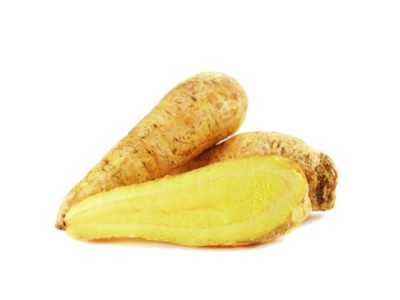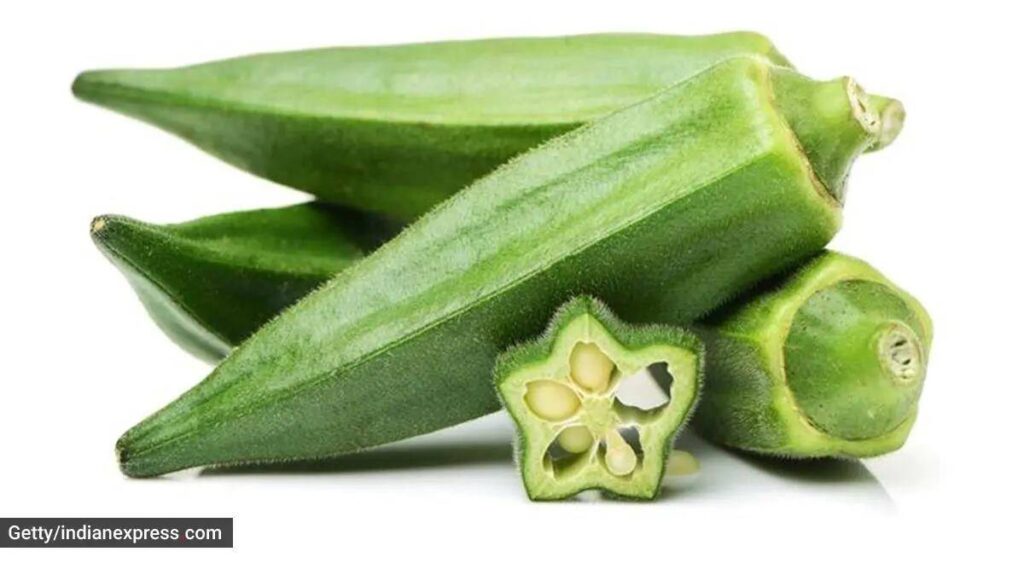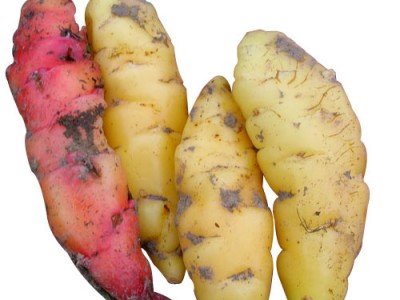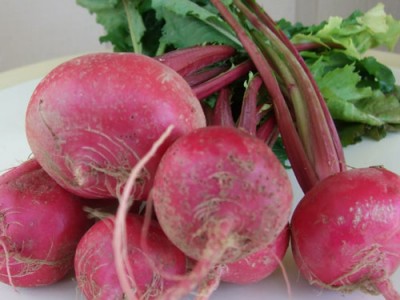
Okra Home Remedies-Okra Health Benefits
OKRA
OKRA USED FOR HEART DISEASE
- Fiber content: Okra is rich in dietary fiber, including soluble fiber like pectin. Soluble fiber has been associated with reducing cholesterol levels, particularly LDL cholesterol, which is known as the “bad” cholesterol. By binding to cholesterol in the digestive system, soluble fiber helps prevent its absorption, promoting heart health.
- Antioxidants: Okra contains antioxidants, including flavonoids and polyphenols, which help reduce oxidative stress and inflammation in the body. Chronic inflammation is a risk factor for heart disease, and the antioxidants in okra may help mitigate this risk.
- Potassium content: Okra is a good source of potassium, an essential mineral that plays a role in maintaining heart health. Potassium helps regulate blood pressure by counteracting the effects of sodium, thereby promoting healthy blood pressure levels.
- Nutrient profile: Okra is rich in vitamins and minerals, including vitamin C, vitamin K, folate, and magnesium. These nutrients are important for overall cardiovascular health and function.
- Blood sugar management: Okra has a low glycemic index, which means it causes a slow and gradual rise in blood sugar levels. Maintaining stable blood sugar levels is crucial for heart health, as high blood sugar can contribute to the development of diabetes and increase the risk of heart disease.

OKRA USED FOR HOME
- Soups and stews: Okra is often used as a thickening agent in soups and stews due to its natural mucilage content. It adds a unique texture and helps give body to the dish. Okra is commonly used in gumbo, a traditional Louisiana Creole soup.
- Stir-fries and curries: Okra can be added to stir-fries and curries to bring a delightful crunch and flavor. It pairs well with various spices, herbs, and other vegetables. Okra is a popular ingredient in Indian, Middle Eastern, and African cuisines.
- Roasting and grilling: Okra can be roasted or grilled to create a tasty and healthy side dish. Toss okra with olive oil, salt, and spices of your choice, then roast in the oven or grill until tender and slightly charred.
- Pickling: Okra can be pickled to preserve it and enhance its flavor. Pickled okra is often enjoyed as a tangy and crunchy snack or used as a garnish for cocktails and salads.
- Fried okra: In Southern cuisine, okra is frequently coated in a cornmeal or flour-based batter and deep-fried until crispy. Fried okra makes a delicious appetizer or side dish.
- Okra salads: Sliced okra can be added to salads to provide a unique texture and taste. It can be enjoyed raw or lightly blanched for a softer texture.
- Okra in sauces and gravies: Okra can be used to add thickness and flavor to sauces and gravies. It releases a natural thickening agent when cooked, which helps create a rich and velvety texture in dishes.
- Okra chips: Thinly sliced okra can be baked or dehydrated to make crispy okra chips. They can be enjoyed as a healthier alternative to potato chips.
(Visited 41 times, 1 visits today)


